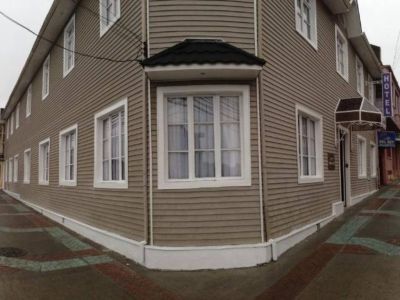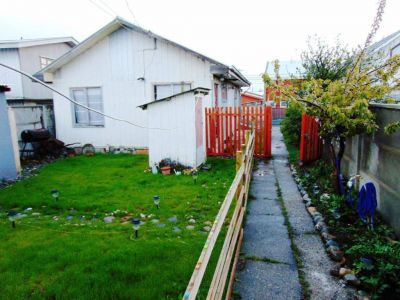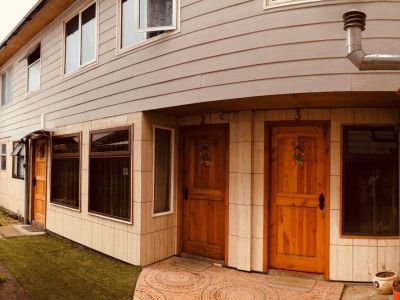Crossing the threshold of the splendid Braun Menéndez residence, situated in the historical shell, may turn into a journey to the origins of the city. At present, this is the building that houses the Magallanes Regional Museum which in turn shelters a complete collection of objects related to the origins of Punta Arenas. Not only does this neat display that includes everything from the first geographical discoveries to the mid XXth century give testimony of the various stages in urban population but it also shows the cultural diversity in the Magallanes region. Thus, a tour through its rooms shows the social, cultural, economic and political features and customs marked by the first southern peoples
Past of Glory
One of the most sumptuous residencies owned by the pioneer Braun Menéndez family today houses the Magallanes Regional Museum.
An Emblematic House
Mauricio Braun and Josefina Menéndez’s palace was built in 1903 by French architect Antoine Beaulier. Following the trend of those days, all materials, pieces of furniture and other objects were brought from Europe. In 1974, the luxurious palace was declared national historical monument and, in 1983, their heirs decided to donate the entire property to the Chilean State, which gathered all the collections of the Patagonia Museum in this new heritage building. The collection is divided into three broad conceptual areas: period, historical and base. The first area is accessed through one of the main halls in the house and it shows the pieces of furniture bought by the Braun Menéndez family in France, England and Spain. The eclectic style, which includes the period ranging from the Neoclassical up to art nouveauwith details of Neo-rococo and decorative elements from the Far East and Africa, gives evidence of the eccentric luxury of the families who made their fortune in these latitudes. The historical section includes a sample of urban and regional history, told by its objects, maps, diagrams, graphics, documents and photographs. The tour ends in the servants’ facilities, which enable visitors to understand the daily routine and the way the house worked in its primitive days. At present, in addition to permanent exhibitions, temporary displays and cultural expressions open to the community are presented. Karina Jozami
Jorge González
Contact of the excursion or tour
Regional de Magallanes
Magallanes 949, Punta Arenas, XII Región, Chile
































